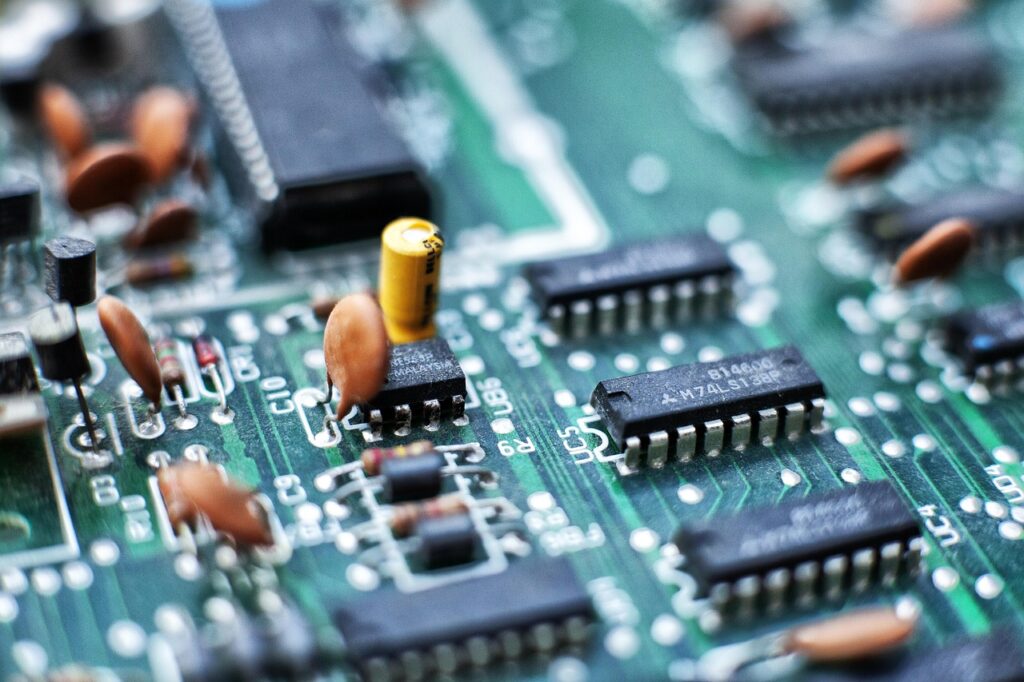In the ever-evolving world of technology and communication, innovations that enhance connectivity continue to capture the attention of tech enthusiasts and professionals. One such innovation is Antennino, a name that is starting to make waves in the world of wireless communication and Internet of Things (IoT). Though still relatively new to the broader public, Antennino holds the potential to revolutionize how devices communicate over long distances, especially in low-power and remote setups.
Understanding Antennino
Antennino is an open-source, small-sized wireless platform designed to make long-range communication between devices possible with minimal energy use. It is typically used in the world of IoT, smart sensors, and remote-controlled systems. What sets Antennino apart from other platforms is its simplicity, modular design, and focus on ultra-low power consumption.
The name “Antennino” is derived from the Italian word for “little antenna,” which is fitting since the device is built around the concept of compact, efficient wireless communication.
Key Features of Antennino
- Low Power Consumption
One of the most important features of Antennino is its ability to function on very low power. This makes it ideal for applications in remote areas where frequent battery replacement is not practical. - Modular Architecture
Antennino is designed to be highly modular. This means you can easily add sensors, expand its functionalities, and adapt it to various use cases without major hardware changes. - Long-Range Communication
Thanks to the integration of LoRa (Long Range) wireless technology, Antennino supports communication over several kilometers, even in areas with physical barriers or limited infrastructure. - Open Source and Customizable
Developers love Antennino because it is open-source. You can customize both the hardware and the software to suit your specific project needs. Whether it’s an environmental monitoring system or a smart garden setup, Antennino offers flexibility. - Compact and Lightweight
Antennino boards are extremely small, making them suitable for wearable technology, hidden sensors, and other size-sensitive applications.
Common Applications of Antennino
- Smart Agriculture: Monitor soil moisture, temperature, and crop health from a distance without needing constant power supply.
- Weather Stations: Collect data from remote or rural locations for research or local updates.
- Home Automation: Control lighting, security systems, and other devices through low-power nodes.
- Industrial Monitoring: Track machine performance, detect malfunctions, or monitor warehouse conditions in real-time.
- Wildlife Tracking: Install sensors in remote areas to study animal behavior without interfering with the natural environment.
Why Antennino Is Gaining Popularity
In a world that is leaning more toward automation and wireless control, Antennino offers a reliable and efficient solution. Its strength lies in combining affordability, flexibility, and low power demand, making it perfect for DIY projects as well as professional industrial applications.
Furthermore, the rise in interest in LoRa and IoT technologies makes Antennino a relevant tool for students, hobbyists, and professionals alike. As the global trend moves toward smart cities and intelligent environments, tools like Antennino are essential for developing the backbone of such systems.
Final Thoughts
Antennino is not just another DIY tech tool. It represents a new way of thinking about connectivity and energy-efficient communication. Whether you are a developer looking for a reliable platform for your next IoT project, or a beginner exploring the possibilities of wireless tech, Antennino offers a practical and innovative solution.
As demand for smarter and more sustainable solutions grows, the use of platforms like Antennino will likely become more widespread. It is a simple yet powerful tool that makes advanced communication systems more accessible to everyone.

